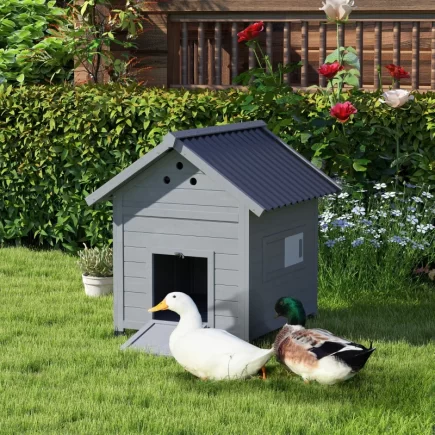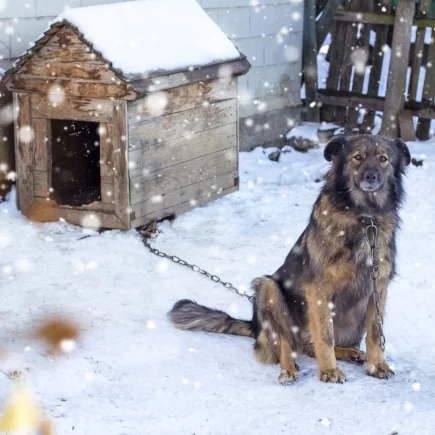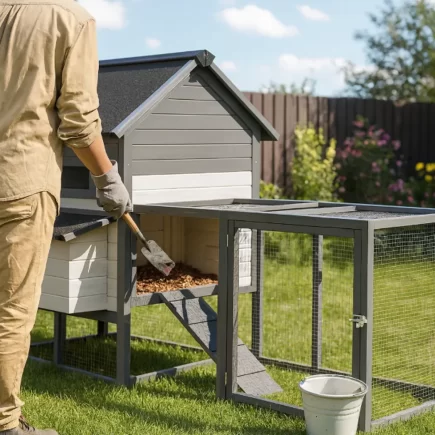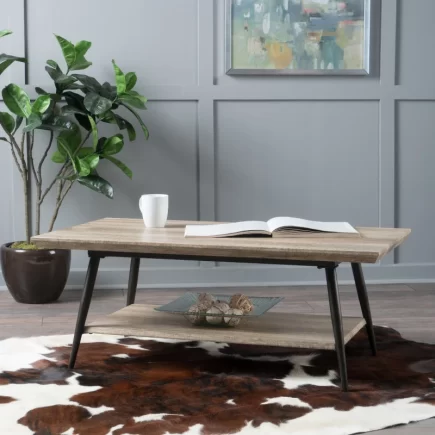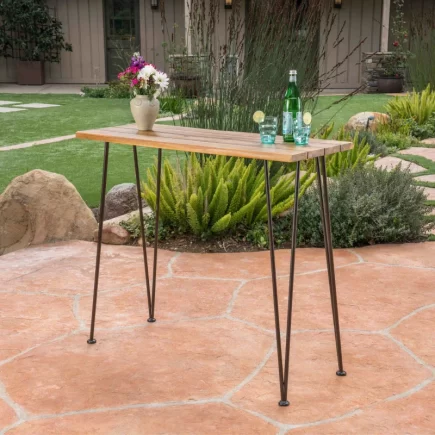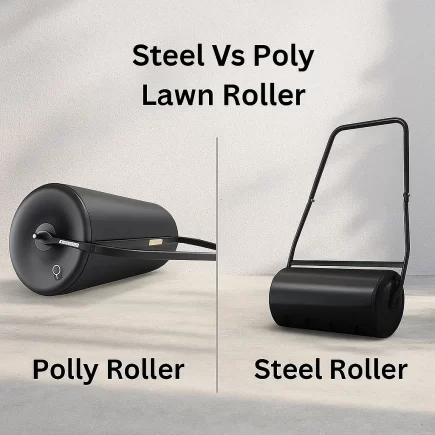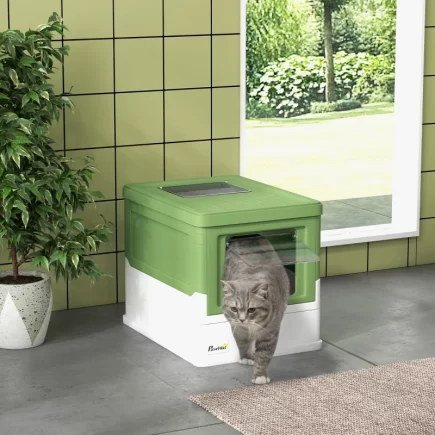A clean chicken coop is essential for keeping your flock healthy, comfortable, and productive. When your coop stays fresh, it prevents odors, reduces parasites, and protects your birds from respiratory issues. Whether you’re caring for a small backyard flock or a larger setup, the right cleaning routine makes all the difference.

This guide covers everything you need, including the right tools, simple step-by-step cleaning methods, bedding choices, odour control, pest prevention, and seasonal care. It’s designed to help you maintain a clean, safe, and long-lasting coop with confidence.
What You Need Before You Start (Tools and Supplies Checklist)
Before cleaning your chicken coop, gather every tool you’ll need to make the job fast and safe. The right equipment helps remove dried waste, scrub surfaces thoroughly, and keep your chickens protected from harmful chemicals.

Tools and Supplies Checklist
| Item | Purpose |
| Scrapers | Remove stuck droppings from floors and roosts |
| Hard-bristle Brushes | Scrub walls, floors, and nesting boxes |
| Gloves & Mask | Protect you from dust, ammonia, and bacteria |
| Buckets or hose | Rinsing surfaces and mixing cleaners |
| Poultry-safe disinfectants | Kill harmful bacteria and parasites |
| Natural Cleaners | Vinegar or limewash for chemical-free cleaning |
| Fresh Bedding | Sand, pine shavings, hemp, or straw |
| Trash Bags | Safe disposal of old bedding |
| Shovel or Dustpan | Scoop out deep litter quickly |
| Protective Clothing | Keeps your clothes clean and reduces contamination |
Having all supplies ready saves time, prevents cross-contamination, and helps you avoid bringing harmful bacteria back into your home.
Prepare the Coop: Move Chickens Out Safely
Before cleaning the chicken coop, remove the chickens from the coop to keep them calm and protect them from chemicals and dust.
How to Remove Chickens Without Stress
- Move them during daylight, chickens are calmer and easier to handle.
- Use treats to guide them out naturally.
- Avoid chasing, grabbing roughly, or causing panic.
When to Keep Chickens Out Longer
- Chickens should stay out until the coop is completely dry and odor-free.
- If you used disinfectants, give the coop time to air out thoroughly.
Turn Off Electrical or Automatic Devices
- Automatic doors
- Heating plates
- Water warmers
- Lighting fixtures
This prevents electrical hazards during washing and spraying.
Step-by-Step: How to Clean a Chicken Coop Properly

This section gives you a complete, actionable step-by-step cleaning method used by professional chicken keepers.
Step 1: Empty the Coop & Remove Old Bedding
The first job is clearing the coop completely so you can see what you’re working with.
What to Do:
- Take out feeders, waterers, nesting box trays, and anything that isn’t fixed to the coop.
- Put on gloves and a dust mask. The moment you start scraping, dust and dried droppings will float up.
- Use a shovel or scraper to loosen the bedding, older bedding is usually compacted in corners.
- Scoop everything out until the floor is completely bare. Don’t leave small piles; they turn into mold quickly.
- Check hidden places like under roost bars or behind doors, old bedding collects in surprising spots.
Disposal Tips:
- Fresh manure and bedding compost well, so it can go into a garden compost pile.
- If composting isn’t an option, bag it and dispose of it with yard waste.
- Never dump bedding near water sources, runoff can cause issues.
Real Tip: If the bedding is extremely dusty, lightly mist it with water before shoveling. It keeps the dust down and makes the job less harsh on your lungs.
Step 2: Scrub the Coop Interior Really Well
Once the coop is empty, you’ll see every dried dropping, smear, and dirty corner.
What to Do:
- Mix a bucket of warm soapy water (dish soap works fine).
- Start with the floor, then move up the walls. Clean top-to-bottom so dirty water doesn’t splash over clean areas later.
- Scrub roosting bars well, they collect the most droppings.
- Clean inside the nesting boxes; hens prefer laying in fresh, clean spaces.
- Spray warm water on dried, stubborn droppings. Let it sit for a minute, and they scrape off much easier.
Real Tip: An old paint scraper works better than most brushes for tight corners and dried patches, it’s a small trick seasoned chicken keepers swear by.
Step 3: Disinfect the Coop (But Keep It Safe)
Coops don’t need heavy chemicals. Mild disinfectants are enough if you clean regularly.

Safe, Easy Options:
- Vinegar + water (1:1)
Cheap, safe, and good for basic sanitizing. - Hydrogen peroxide + water
Helps control mild odors. - Limewash
Great for wooden coops. It protects the walls and keeps mites away naturally.
Spray or wipe down the surfaces and let the solution sit for a few minutes before rinsing.
Avoid Completely:
- Bleach
- Ammonia cleaners
- Strong chemical sprays
- Heavy fragrances
Chickens have sensitive lungs, and leftover fumes can cause coughing or breathing trouble.
Real Tip: If mites have been an issue, dust cracks with a tiny bit of food-grade diatomaceous earth. Don’t overdo it, too much powder becomes dusty for both you and the birds.
Step 4: Rinse & Let the Coop Dry Fully
Never add bedding back into a damp coop. Moisture causes smells, mold, and respiratory problems in birds.
What to Do:
- Rinse off soap and disinfectant with clean water.
- Open all windows and vents.
- Let the coop air out for at least 60 minutes, depending on the weather.
- If your coop doesn’t get much sunlight, set a fan near the door to help it dry faster.
Real Tip: Before adding bedding, run your fingers along the corners. They’re the last places to dry and often get ignored.
Step 5: Add Fresh, Fluffy Bedding

Fresh bedding is what makes a clean coop feel “new” again.
What to Do:
- Start with a thin layer to insulate the floor.
- Add a thicker top layer, 2 to 4 inches helps absorb smells and moisture.
- Don’t pack the bedding down; chickens fluff it naturally.
- Fill nesting boxes with fresh bedding, slightly mounded so hens can shape it themselves.
- Place feeders, waterers, and accessories back into the coop once dry.
Good Bedding Choices:
- Pine shavings
- Straw
- Hemp
- Wood pellets (mixed with shavings)
Real Tip: A sprinkle of baking soda under the bedding helps with long-term odor control without harming your birds.
How Often You Should Clean a Chicken Coop
Chicken coops don’t need to be deep cleaned every day, but they do require consistent attention. The frequency depends on your flock size, climate, and coop style.
Daily Tasks
- Remove visible droppings from roost bars or dropping boards
- Refresh waterers and feeders
- Spot-check for leaks, moisture buildup, or strong smells
Weekly Tasks
- Replace or top up bedding
- Clean nesting boxes
- Wipe down roosts and walls
- Check ventilation openings
Deep Cleaning Schedule
Most chicken keepers perform a deep clean every 4–6 weeks.Large flocks, humid climates, and enclosed coops may require cleaning more often.
Signs Your Coop Needs Extra Cleaning
- Strong ammonia smell
- Wet or matted bedding
- Increase in flies or mites
- Hens avoiding nesting boxes
- Sticky floors or walls
Proper cleaning frequency prevents health issues and helps your coop last longer.
Choosing the Best Bedding Type for Chicken(Pros and Cons)
Different bedding materials have unique benefits. Use the table below to compare.
Bedding Comparison Table
| Bedding Type | Pros | Cons | Best For |
| Pine shavings | Affordable, absorbent, low odor | Needs regular replacement | All climates |
| Hemp | Highly absorbent, low dust, composts fast | Higher cost | Cold/ damp areas |
| Sand | Easy to clean, low odor, stays cool | Heavy to install, can be cold | Hot southern states |
| Straw | Cheap, insulating | Can mold, attracts mites | Dry climates |
Choose based on climate, odor control needs, and cleaning frequency.
Odor Control and Ammonia Prevention
A smelly coop is not just unpleasant, it can damage your chickens’ lungs.
How to Reduce Strong Smells
- Remove droppings daily
- Replace bedding before it becomes wet
- Avoid overcrowding
- Add a deeper bedding layer for better absorption
Ventilation Improvements
- Open top vents
- Add cross-ventilation openings
- Keep airflow steady without causing drafts
Bedding Systems That Reduce Ammonia
- Deep litter method (managed correctly)
- Sand floors
- Hemp bedding (excellent ammonia control)
Good airflow and quality bedding are your best defenses.
Cleaning Tips Based on Coop Material
Different chicken coop materials require slightly different cleaning approaches. Understanding how your coop is built helps you avoid damage and improve longevity, especially if you’re using high-quality outdoor structures like those on the Aosom Chicken Coops page.
Wooden Coop Maintenance
Wooden coops are popular for their insulation and classic appearance, but they require extra attention because wood absorbs moisture.
- Use a scraper to remove dried waste without gouging the wood.
- Avoid over-soaking; too much water can cause swelling or mold.
- Apply limewash or a poultry-safe sealant annually to protect surfaces.
- Ensure excellent ventilation to prevent moisture buildup inside wooden walls.

Plastic Coop Cleaning
Plastic coops are the easiest to clean because waste does not absorb into the surface.
- Spray with a hose or pressure nozzle for fast cleaning.
- Use warm soapy water for stubborn stains.
- Avoid abrasive pads that may scratch plastic and trap bacteria.
- Plastic dries faster, making it ideal for humid or rainy climates.

Metal Coop Rust and Moisture Management
Metal coops are durable but can rust if not protected.
- Use gentle cleaners to avoid damaging protective coatings.
- Always dry thoroughly to prevent rust.
- Inspect corners and seams for early rust spots and treat them quickly.
- Add extra bedding during winter to reduce condensation on metal surfaces.
Coops With Attached Runs
Runs collect dirt, feathers, and waste, so treat them as part of your cleaning routine.
- Rake sand or soil beds weekly.
- Replace muddy or wet patches after heavy rain.
- Scrub wire mesh with warm soapy water to remove dust and droppings.
- Ensure all doors and gates close tightly after cleaning to prevent predators.
Seasonal Cleaning Tips for Weather
Different climates and seasons can affect your cleaning routine, so it’s important to adjust your approach throughout the year.
1. Winter: Moisture Control and Ventilation
Cold temperatures create humid air inside the coop, leading to frostbite or respiratory issues.
- Keep ventilation open even in winter, fresh air is more important than warmth.
- Avoid water spilling onto bedding; elevate waterers when possible.
- Use dry, insulating bedding like pine shavings or hemp.
- Remove wet spots daily to prevent freezing and mold.
2. Summer: Heat, Smell, and Ammonia Management
Warm weather accelerates bacteria growth and intensifies smells.
- Increase bedding changes to prevent ammonia buildup.
- Add extra ventilation such as open windows or vents.
- Sand bedding works well in hot climates because it stays cooler.
- Scrub waterers more frequently to prevent algae.
3. Rainy Seasons: Drying and Mud Issues
Wet conditions encourage mud, mold, and pests.
- Raise the coop if flooding is common.
- Lay gravel or sand around the exterior to fight mud.
- Keep bedding thick and dry to absorb moisture.
- Use tarps or roofs over runs to keep birds out of mud.
Seasonal adjustments protect your flock from health problems and keep your coop in excellent condition.
Disease Prevention Through Proper Cleaning
Cleanliness isn’t just about appearance, it plays a major role in disease prevention.
Common Illnesses Linked to Dirty Coops
Dirty bedding and poor ventilation can lead to:
- Respiratory infections
- Coccidiosis
- Mites and lice infestations
- Bumblefoot from dirty roosts
- Salmonella contamination
Biosecurity Basics
- Keep shoes and tools used for the coop separate from household items.
- Wash hands before and after handling chickens.
- Avoid letting wild birds access feed or water.
- Keep visitors out of the coop area when possible.
How Sanitation Protects Your Flock Long-Term
Consistent cleaning Chicken Coop reduces bacteria, moisture, and odors, improving air quality and keeping chickens healthier and more active. A clean coop also lowers the risk of egg contamination, making it safer for your family. With the right tools and a simple routine, coop cleaning becomes quick and manageable. Regular maintenance prevents pests, extends the life of your coop, and creates a safer, more comfortable environment for your flock.
FAQs
1. Why does my chicken coop attract so many flies, and how can I stop it?
Flies thrive in wet bedding and leftover food. Keep bedding dry, empty feeders at night, clean under roosts daily, and place fly traps or sticky strips outside the coop (never inside, to avoid catching feathers). Adding a layer of sand helps reduce maggots and fly eggs.
2. How can I clean a chicken coop if I don’t want to disturb the laying cycle?
Clean during midday when most hens finish laying. Move the flock outside with treats, clean nesting boxes first, and return them to the coop last. Avoid using strong-smelling cleaners that might deter hens from returning.
3. What’s the safest chicken coop cleaning method if someone in the home has allergies or asthma?
Use low-dust bedding like hemp or sand, wear a mask, and clean on a breezy day so dust escapes quickly. Avoid bleach and scented cleaners, vinegar or poultry-safe disinfectants are safer options.
4. How do I clean a chicken coop quickly when I’m short on time?
Focus on the high-impact tasks: remove droppings from the roosts, replace the top layer of bedding, wipe down the nesting boxes, refresh the feed and water, and open the vents to improve airflow.
5. How do I clean a chicken coop if I don’t have access to a hose?
Use buckets of warm soapy water, spray bottles, and scrub brushes. You can also use vinegar-water mixes or disinfectant wipes for spot cleaning. A wet/dry vacuum helps remove dirty water quickly when rinsing isn’t possible.

